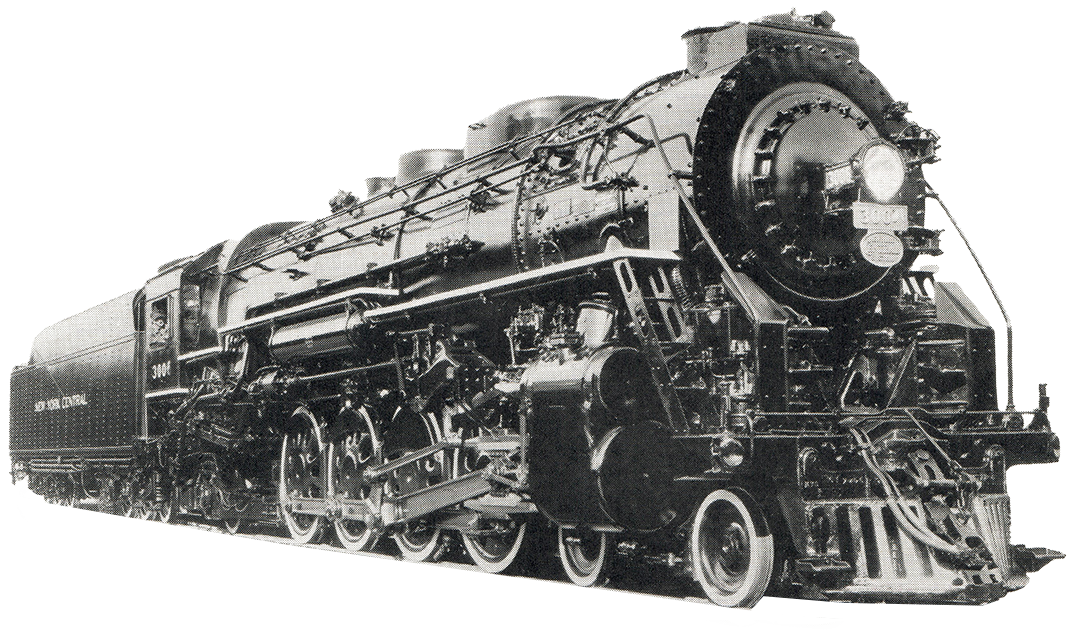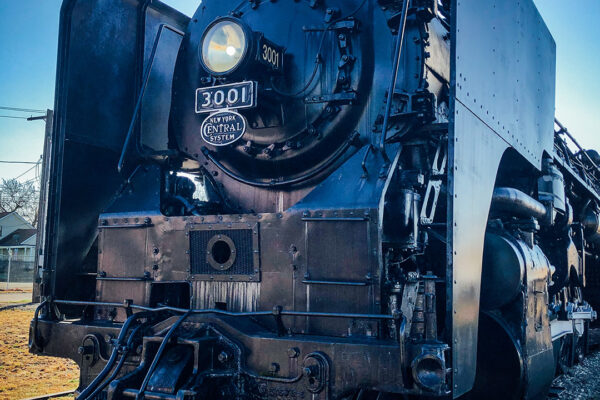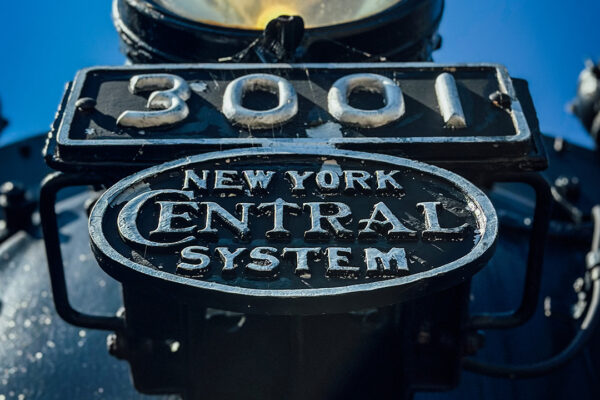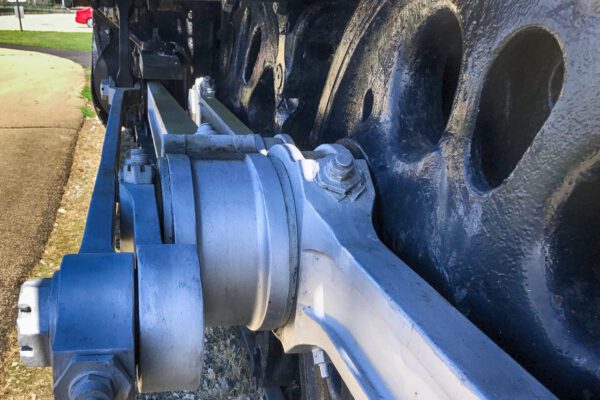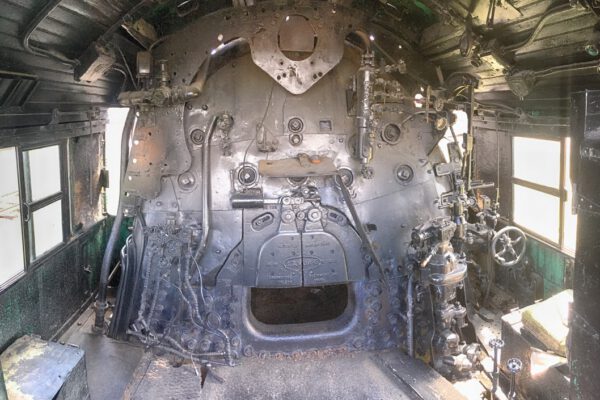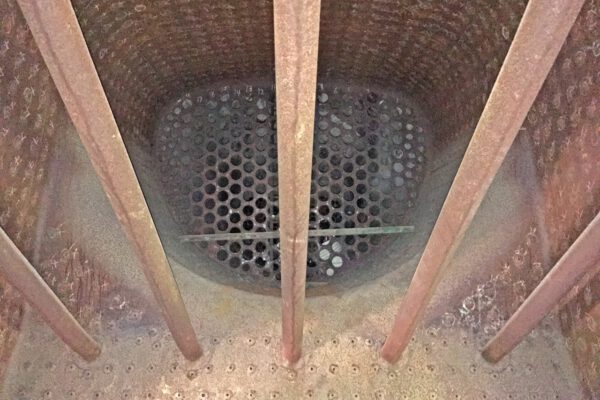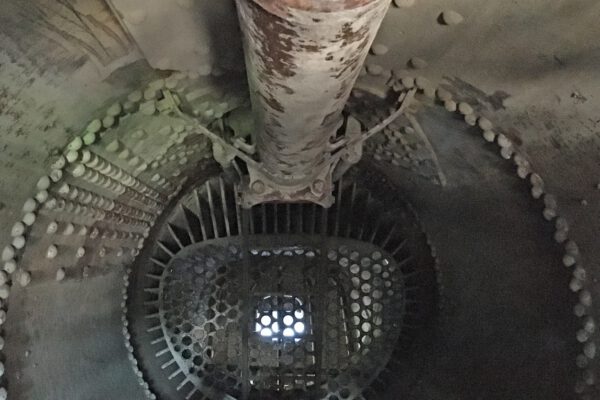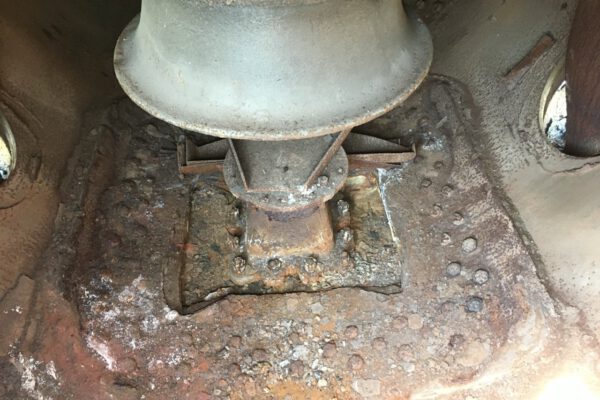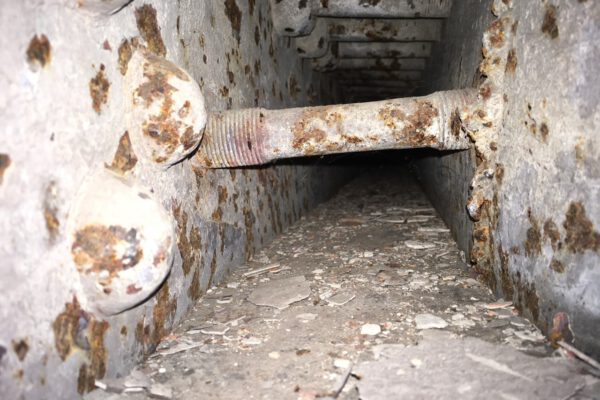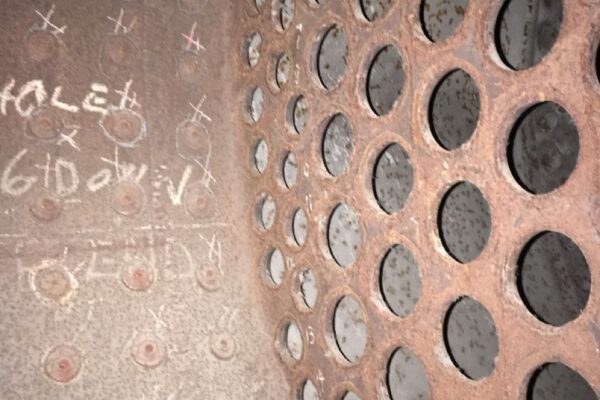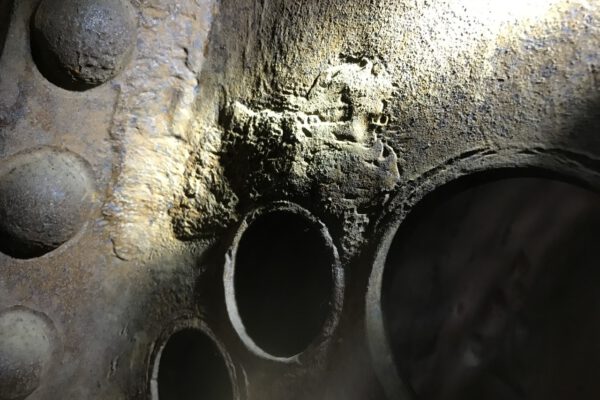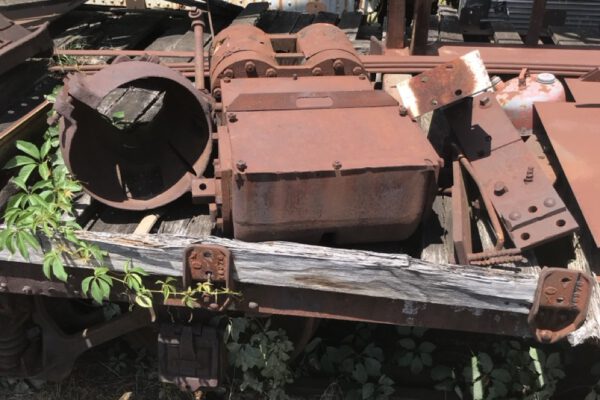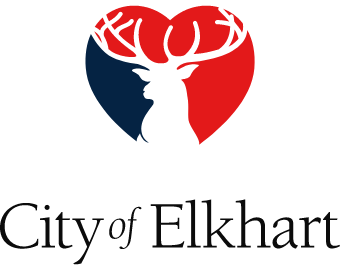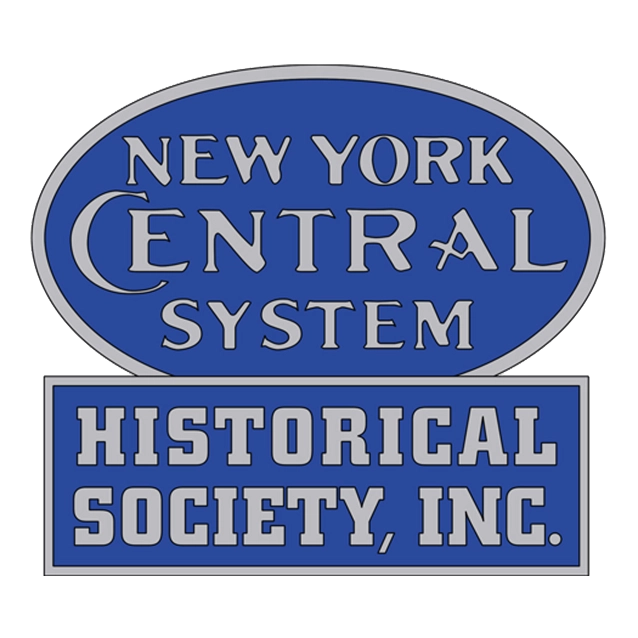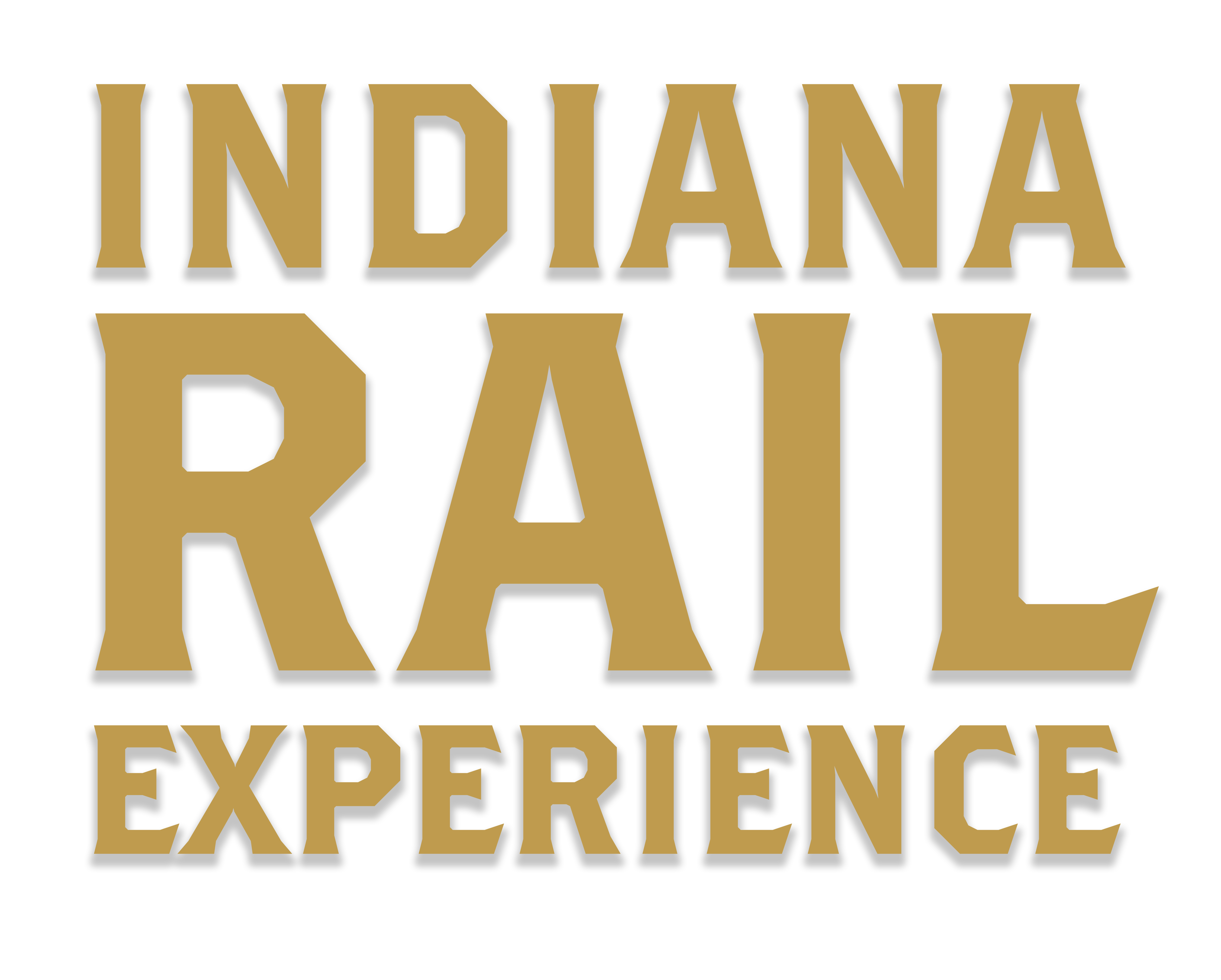Of all railroads in the United States, the NYC owned more 4-8-2 type locomotives than any other – numbering 600 in total across a variety of iterations. In fact, as most railroads switched to larger 4-8-4 type locomotives, the NYC continued to rely upon efficient, powerful 4-8-2 type locomotives to haul the lion’s share of its freight, and some passenger, operations.
Knowing that his railroad required additional passenger and freight power in the late 1930’s, the chief engineer of the NYC, Paul W. Kiefer, worked with the engineering team at the American Locomotive Company (“ALCO”) to design a purpose-built dual service class of locomotive – the L-3a. While the NYC had taken delivery of other 4-8-2s in the 1920s and 1930s, these L-3a class locomotives were a thoroughly modern design.
In comparison with other locomotives of the era, the 25 Class L-3a locomotives (Nos. 3000-3024) were refined machines. They generated 60,100 pounds of tractive effort and 4,400 cylinder horsepower at 50 MPH. They also had long distance tenders, which prioritized coal capacity over water – 43 tons of coal and 15,500 gallons of water. The NYC utilized water scoops and track pans, like its competition at the Pennsylvania Railroad, to replenish tender water “on the fly.”
In many attributes, the L-3a “Mohawks” proved equal to the famous 4-6-4 “Hudson” type locomotives
for which the NYC was so well known. They had greater horsepower and tractive effort, and they were able to operate up to 80 mph with ease. Additional technical details include the locomotive being equipped with a one-piece cast locomotive frame, roller bearings on all journals, lightweight alloy side rods, drop coupler, 250 PSI boiler, a modern front end throttle, and a feedwater heater system.
On a technical basis, NYC mechanical engineer W. F. Collins recognized that the Mohawk boiler was superior to the J-3a Hudson boiler due to the former’s use of an open-type feedwater heater system, which boosts overall efficiency.
Delivered in 1940, No. 3001, and its 24 companion L-3a locomotives, were initially used on heavy passenger, mail, and express trains. This was especially true during the war years. After the war, increased dieselization and the introduction of the 27 “Niagara” 4-8-4 type locomotives, the L-3a Mohawks were assigned to other duties, including sending 12 of the class to work for NYC subsidiary, the Boston & Albany Railroad.
The end of steam on the NYC resulted in a near extinction of its storied locomotives. Of the “great railroads” of the steam era, the NYC was less generous than most in preserving examples of its steam locomotive fleet. Only four NYC steam locomotives were preserved: 0-6-0 No. 6721; 0-6-0 No. 6894; 4-8-2 No. 2933; and 4-8-2 No. 3001. In the case of No. 3001, it was only saved due to vandals in Dallas.
The Texas & Pacific Railroad donated 2-10-4 No. 638 to the Texas State Fairgrounds in 1953, and it was vandalized so quickly that it was scrapped in place in 1955. Searching for a replacement, the T&P bought No. 3001 from the NYC in 1957, painted it up as T&P No. 909, and placed it on display. No. 3001 was later donated to the Museum of the American Railroad in Dallas.
With an aim to return the locomotive to its home territory, the Lake Shore Railroad Historical Society acquired No. 3001 in the 1980’s and subsequently moved it to Elkhart. The City of Elkhart leased the locomotive for a term of 100 years in or about 1987, and it was placed on display in 1988 at the National New York Central Railroad Museum. The locomotive has remained on display, uncovered, since that time.

